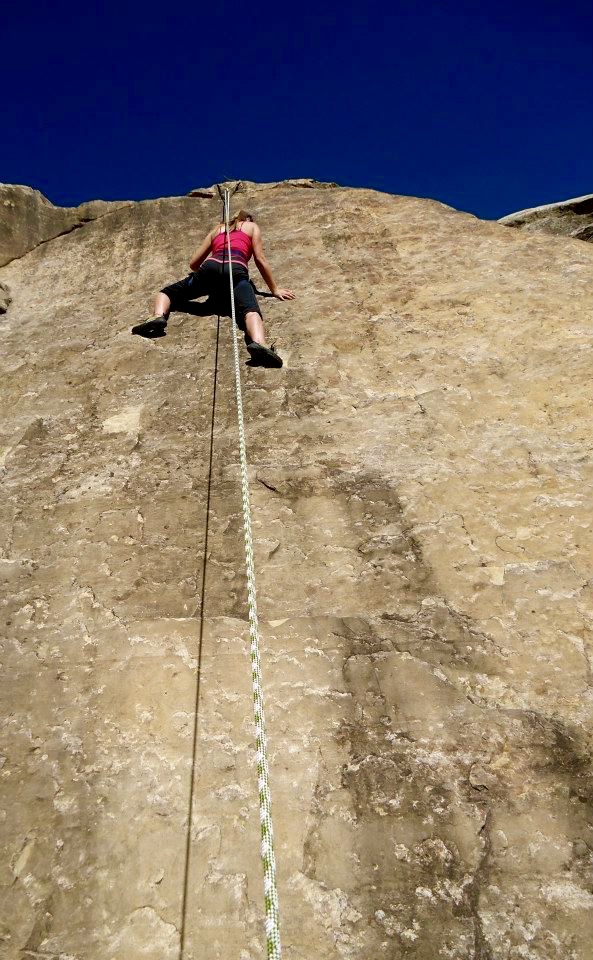I recently got an email from a Durangoan that is living overseas to partake in amazing rock climbing adventures. She asked for some tips regarding keeping her shoulders strong and injury-free while climbing and was curious about what types of injuries climbers encountered the most. Climbing is a tough sport that requires a lot from our upper extremities and core, so making sure that you are adequately strong and progressively increasing your climbing is a must in order to prevent injury from overuse of a muscle that wasn’t ready for pushing (and pulling) that hard.
A study just came out this year regarding the results of a survey that assessed the types of upper extremity injuries that are sustained by rock climbers.1 Approximately 400 climbers of all types- including bouldering, trad, sport, ice, and indoor – responded, and the results of the study highlighted a few things from the sample of participants:1

- 90% of the participants reported sustaining an upper extremity injury
- The most common area injured was the fingers (41%) followed by the shoulder/arm (20%) and the elbow/forearm (19%).
- As the level of experience increases- from beginners to professionals- the odds of finger injury also increases.
- Females were significantly more likely to report a shoulder/upper arm injury than males- in fact, females were twice as likely to sustain an injury here versus their male counterparts
- On that same note, females were significantly more likely to have surgery related to their shoulder/upper arm injury (21%) than males (11%)
So, what’s the deal with the shoulder getting hurt with climbing? Shoulder injuries, such as impingement, rotator cuff strains, and sometimes subluxation/dislocation because of the range of motion required, occur commonly because of overuse injuries where somebody is a desk jockey during the week and then gets out and climbs hard all weekend. This “weekend-warrior” climbing can sometimes create excess stress and inflammation to the muscles and tendons surrounding the shoulder.
It is not always possible to completely avoid injury with rock climbing. But, if you are going to climb a lot, having a “regular” climbing program and not doing it so sporadically can set you up to not have these overuse-type injuries. Or, if you can’t get out and climb more often during the week because of work or life obligations, then doing some rotator cuff and shoulder strengthening every other day is a way to keep your shoulders conditions so that you can climb hard over the weekend with less risk for injury. If you need more tips or advice from a PT on how to prevent shoulder (or other upper extremity) injuries with climbing, or need to figure out what to do about an injury that you may already have, call us to schedule an appointment with one of our specialized physical therapists to get you back on the rock (or ice!) injury-free!
- Nelson CE, Rayan GM, Judd DI, Ding K, Stoner JA. Survey of Hand and Upper Extremity Injuries Among Rock Climbers. Hand. 2017;12:4):389=394.

